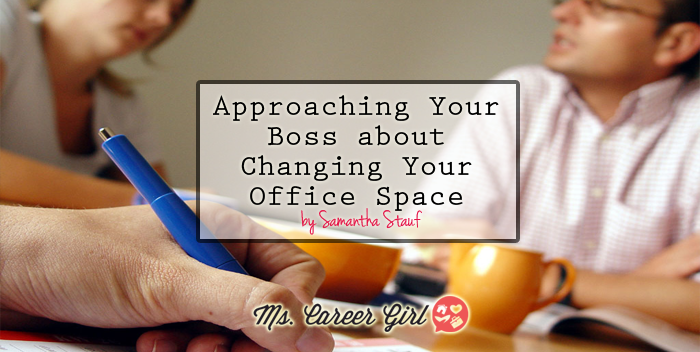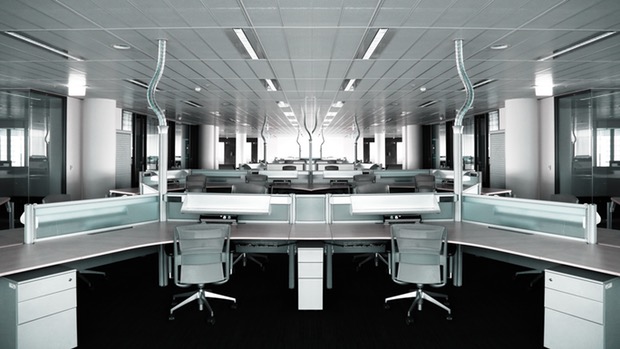How Does Your Office Space Impact Your Health?
It took many years of evolution to get what is now known as the modern office space, and many trends have come and gone. However, no matter the style, there’s a possible impact on your health and wellbeing. And considering that a person will spend approximately 90,000 hours in an office, it’s necessary to design an appropriate office space that increases functionality and productivity. Below is a discussion on how an office space affects your health.
Bad office chairs: increased risk of back, neck, and shoulder pain
A 2019 Georgetown research on employees discovered that four million people live with chronic back and shoulder pain. Their findings also indicated that this same group associated these specific health concerns with the lack of proper office chairs. Not all office chairs are the same; the more quality ones are created with ergonomic designs purposely meant to provide spine support.
Apart from protecting the backbone, ergonomic chairs offer adequate neck and shoulders support. Those designed with armrests allow the user to relax their elbows at healthy angles with the shoulder and upper body. Any deviation from this increases the risk of muscle tension, leading to discomfort. Thankfully, several retail furniture shops often have office chairs on sale and in different price ranges. All you have to do is ensure that the designs align with the spine’s shape. Additionally, ensure that the ergonomic chair has features that allow a user to adjust the height, backrest angle, and seat depth.
Poor lighting: Long-term vision problems and increased melatonin
The human eye can detect light at a minimum of 10−10W/m2 (watt per square meter). This means, naturally, the eyes are made to see even in reduced lighting. However, continuous exposure to low lighting is unhealthy and can lead to long-term vision problems. When light penetrates the eye, it goes through the cornea by using the pupil as a conduit. The lens adjusts to accommodate light hitting the retina. Indeed, it is a complex network of adjustments and reflection.
In poor lighting, your eyes have to work overtime to function. Unfortunately, this results in eye strain and blurry vision. Eventually, you may experience dry and irritated eyes too often. Another effect of poor lighting is the stimulation and release of melatonin, a sleep hormone. The last thing you want to do is feel sleepy when you should be working. This is why office spaces are better fitted with GE sun-filled LED bulbs to mimic natural daylight.
Poor office ventilation: Increased respiratory issues and headaches
Things like poor office designs, dirty vents, and windows can impact the quality of indoor air. Sometimes, the problem stems from poor planning in the building construction stages. However, even that can be rectified with the right structural engineers. The risk of respiratory problems like allergies, shortness of breath, dry throat, etc., can be greatly increased here. You are also more likely to experience headaches in a poorly ventilated office.
For all these reasons, evaluating your current office space and how it affects your health is vital.



